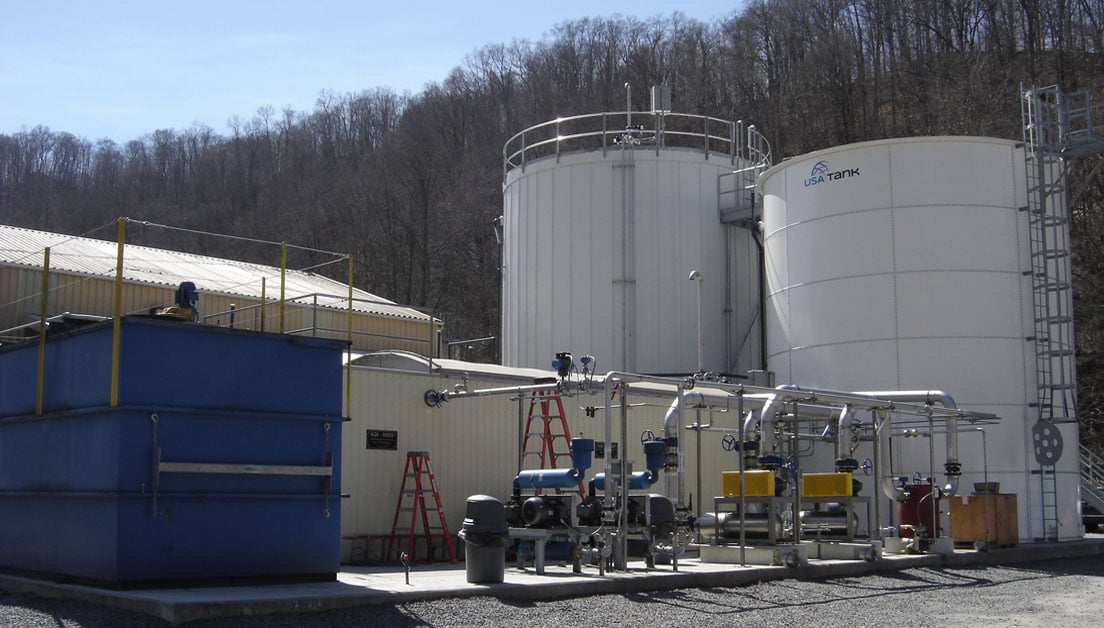The Kellogg Company is the world’s leading cereal company; second largest producer of cookies, crackers, and savory snacks; and a leading North American frozen foods company.
Challenge
ADI Systems first started providing wastewater treatment solutions to the Kellogg Company Pikeville Plant (formerly Mountaintop Baking) in Kimper, Kentucky, USA, in the late 1990s.
In 1999–2000, ADI Systems was awarded a design/build contract to upgrade the wastewater treatment system due to production expansion at the plant. The upgrade included an ADI® hybrid anaerobic reactor followed by an ADI® sequencing batch reactor (SBR).
Recently, due to further increases in production, the wastewater treatment system required additional upgrades to handle the increased flow and organic loads. The plant was also required to produce a higher quality effluent.
Solution
Kellogg Company Pikeville Plant upgraded its existing anaerobic and aerobic wastewater treatment facility to an ADI® anaerobic membrane bioreactor (AnMBR) and an ADI® membrane bioreactor (MBR).
The upgraded system includes anaerobic pretreatment complete with a continuous stirred-tank reactor and an AnMBR tank. This is followed by an aerobic polishing system which includes a pre-aeration tank and an MBR tank. The AnMBR and MBR tanks are housed in a single, partitioned modular tank.
Results
ADI Systems designed the AnMBR and MBR system and effectively managed the project to allow for quick installation and reuse of some of the existing equipment on-site. Installing the new treatment system did not require any curtailment of plant production.
The new wastewater treatment plant design flow is 25,000 gpd (95 m3/d) [includes 5,000 gpd (19 m3/d) sanitary flow sent directly to the aerobic system] with a design organic load of 7,200 lb COD/d (3,300 kg/d) and an average design COD concentration of 34,500 mg/l.

The AnMBR process provides very effective anaerobic digestion of the plant’s wastewater, with an average effluent COD concentration of 160 mg/l and a negligible TSS concentration. Biogas, a by-product of anaerobic digestion, is currently burned in a flare with future plans to use a portion of it in the wastewater treatment plant’s boiler to offset natural gas costs. The aerobic MBR system polishes the AnMBR effluent, then a series of chlorination and dechlorination tanks provide disinfection for the MBR effluent.
The upgraded system has demonstrated an overall COD removal of greater than 99.5% and an average effluent COD concentration of 62 mg/l, BOD of 9 mg/l, and negligible TSS (<1 mg/l). Other parameters such as NH3-N, FOG, DO, E. coli, etc., all meet strict discharge limits, allowing for the final effluent to be discharged directly to a local creek. McCoy & McCoy Laboratories monitors the final effluent quality and reports the results on a monthly basis.
The system has provided the company with savings on operating and maintenance costs and allowed for a 25% increase in design flow and 44% increase in design organic load.
In the future, the Kellogg Company Pikeville Plant will also be able to treat waste jams, which are currently handled off-site. This will result in even more cost savings, thereby further justifying installation of the new wastewater treatment system.